As airlines emerge from the COVID-19 pandemic, they have recently increased their capacity in anticipation of significant passenger demand. Travelers have responded in large numbers, but this has led to a situation where some carriers are facing surplus capacity, airline leaders believe that due to these issues, airline ticket prices are likely to increase.
United Airlines, which reported a $1.3 billion net profit in the second quarter of 2024, is expected to implement capacity optimization in the coming months. The airline’s CEO, Scott Kirby, believes that a reduction in capacity industry-wide will also lead to higher airfares.
Join us on TELEGRAM for the Latest Aviation Updates fresh to your phone.
“It was always inevitable that carriers would begin to cancel this unprofitable flying and you see that happening in earnest in the second half of August in the schedules. As a result, it appears that the domestic industry capacity growth will moderate by roughly 5 points by the fourth quarter compared to where we were in the second quarter, which should provide a constructive setup as we close out the year and a particularly beneficial backdrop heading into 2025.”
Potential Increase in Ticket Prices

Kirby anticipates that airfares could rise in the coming months as airlines are likely to reduce capacity to better match passenger demand. Post-COVID air travel has rebounded, with millions of passengers returning to the skies. To cater to this demand, airlines have expanded services aggressively, leading to lower airfares and surplus capacity, with some sectors experiencing planes that are not fully booked.
Kirby predicts that U.S. airlines will make adjustments in the coming months to avoid unprofitable flights on certain domestic routes by reducing capacity, ultimately leading to increased ticket prices. During a recent earnings call, Kirby remarked that the airline revenue to GDP ratio tends to decline whenever capacity exceeds demand. He expects airlines to cut schedules to align with corresponding demand.
August Inflection Point
Kirby mentioned that U.S. airlines might adjust their capacity to maintain profitability, with changes becoming apparent from the second half of August. He noted, “It was always inevitable that carriers would begin to cancel this unprofitable flying and you see that happening in earnest in the second half of August in the schedules. As a result, it appears that the domestic industry capacity growth will moderate by roughly 5 points by the fourth quarter compared to where we were in the second quarter, which should provide a constructive setup as we close out the year and a particularly beneficial backdrop heading into 2025.”

Join us on TELEGRAM for the Latest Aviation Updates fresh to your phone.
He acknowledged United’s recent strong performance but emphasized that absolute results are what truly matter. Kirby added that while the current results are solid, he can already see the impact of the schedule changes on advanced bookings and yields as the industry hits the mid-August capacity inflection point.
Quarterly Financial Results
United Airlines recently disclosed its financial results for the second quarter of 2024. The airline transported 44.3 million passengers, generating a total operating revenue of $15 billion, pre-tax income of $1.74 billion, and net income of $1.32 billion. Kirby stated that United has effectively managed costs, cash, and capacity against a challenging industry backdrop and is focused on achieving its financial objectives.
Sources:
- Simple Flying
- Featured image by Jeffry Surianto | Pexels
You might also like:
- Jazeera Airways Expands Fleet and Boosts Revenue by 26% in First Half of 2023
- Paris Airshow 2023: Day 1 Roundup
- The Revival of Ultralongrange Flights!
- How Covid-19 Let The Flights Drop
- Viva Aerobus Signs MoU for 90 Airbus A321neo Aircraft
Discover more from Aviation for Aviators
Subscribe to get the latest posts sent to your email.

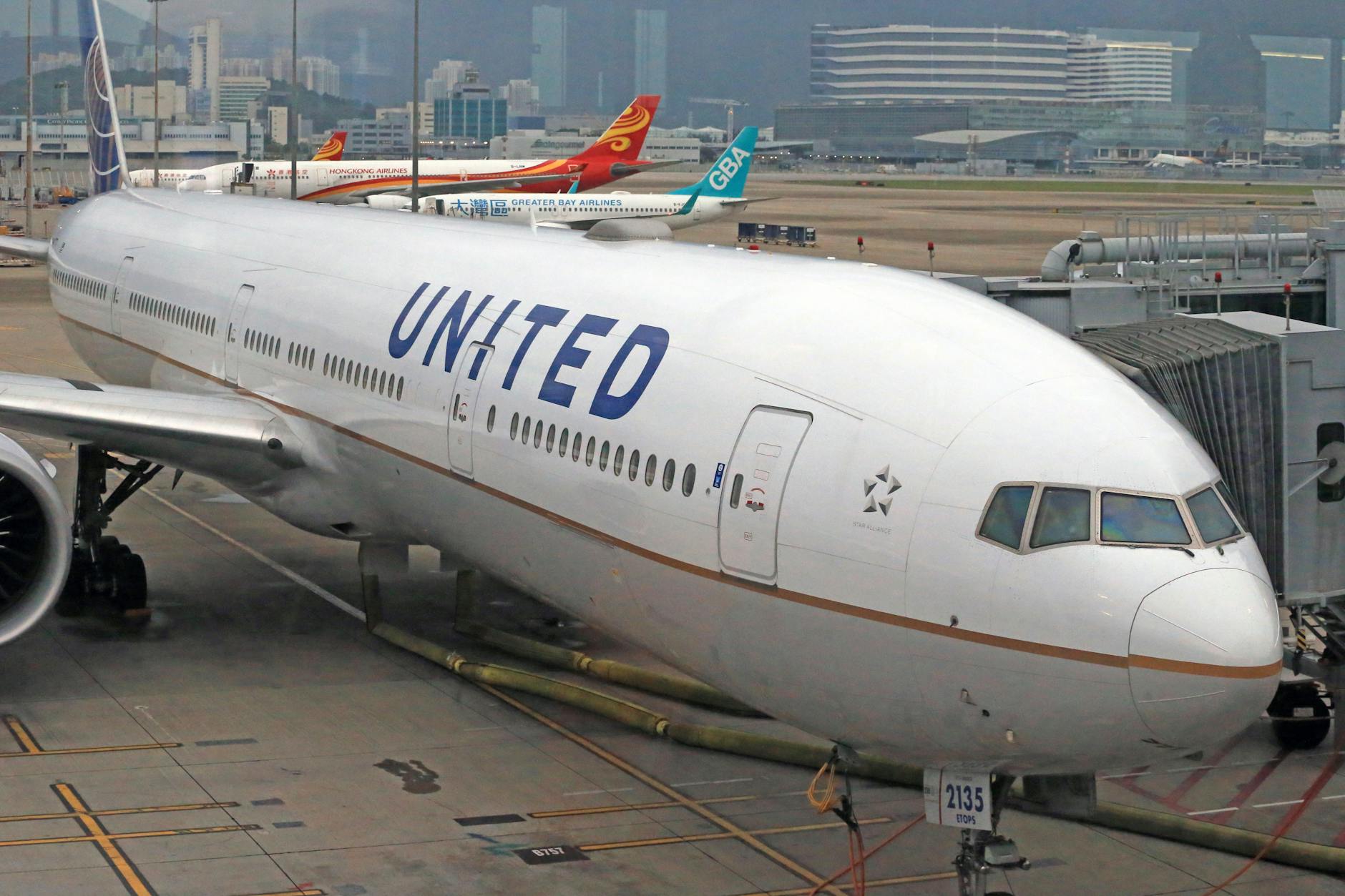

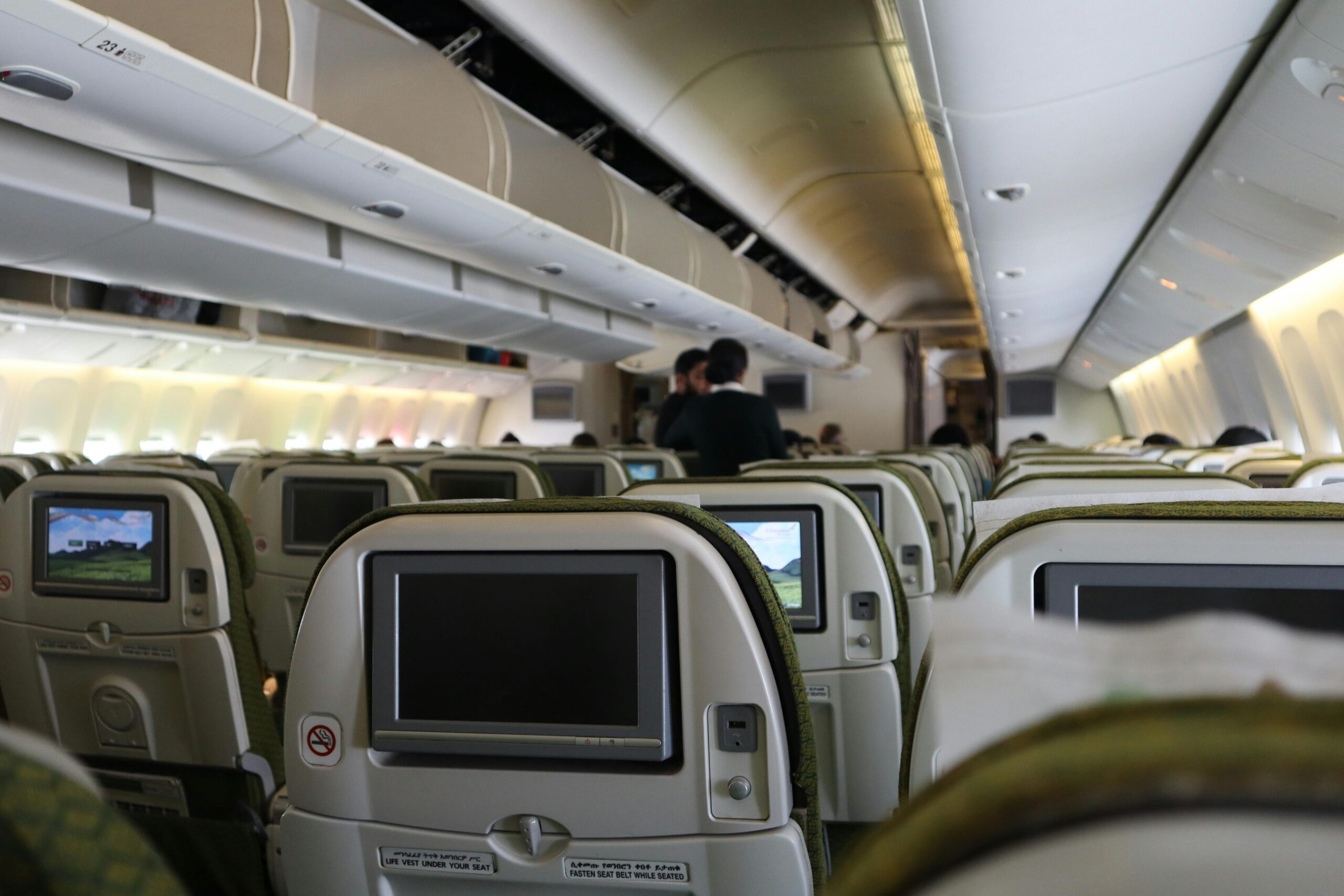






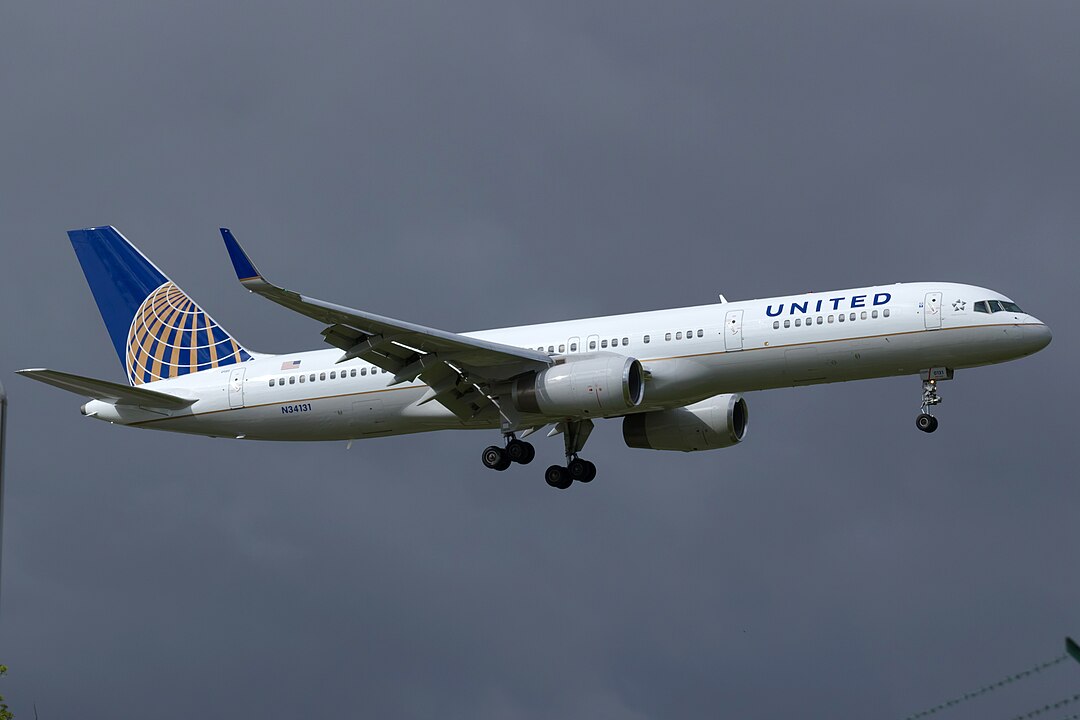




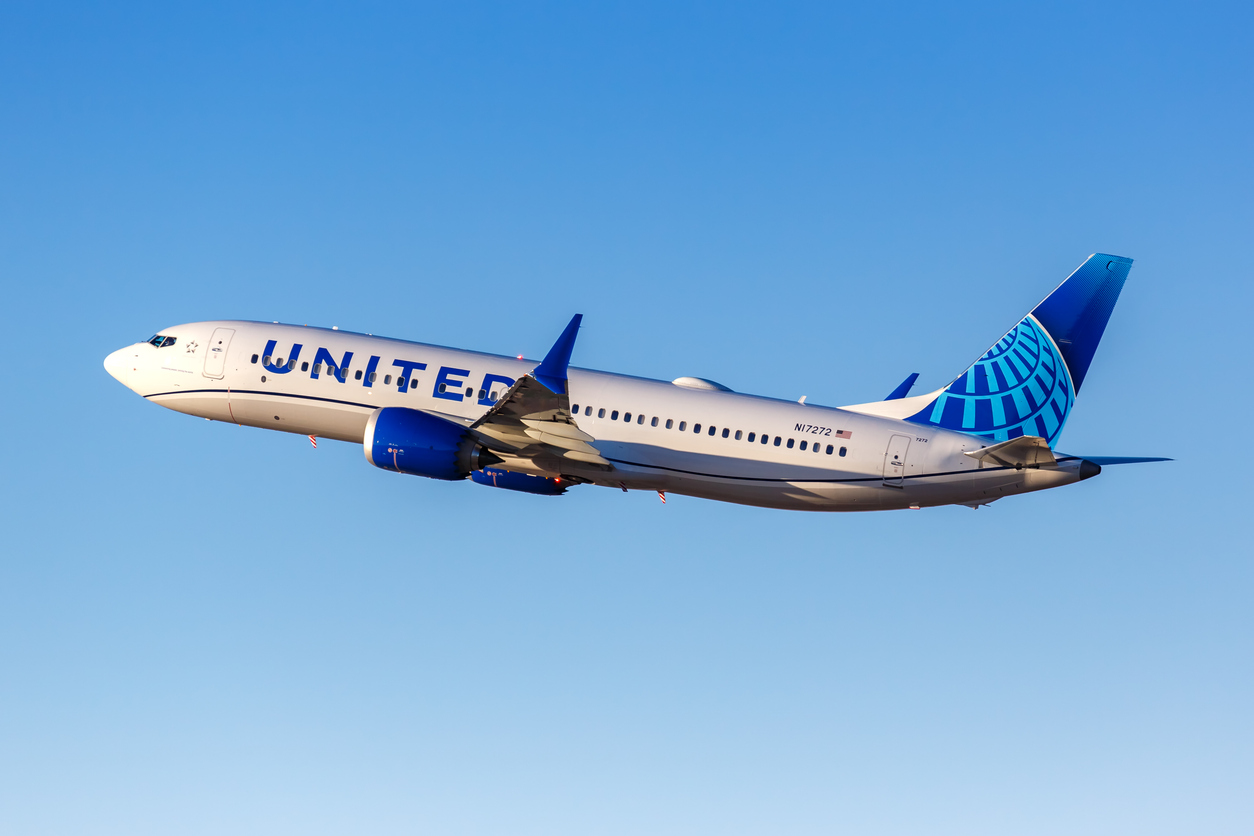

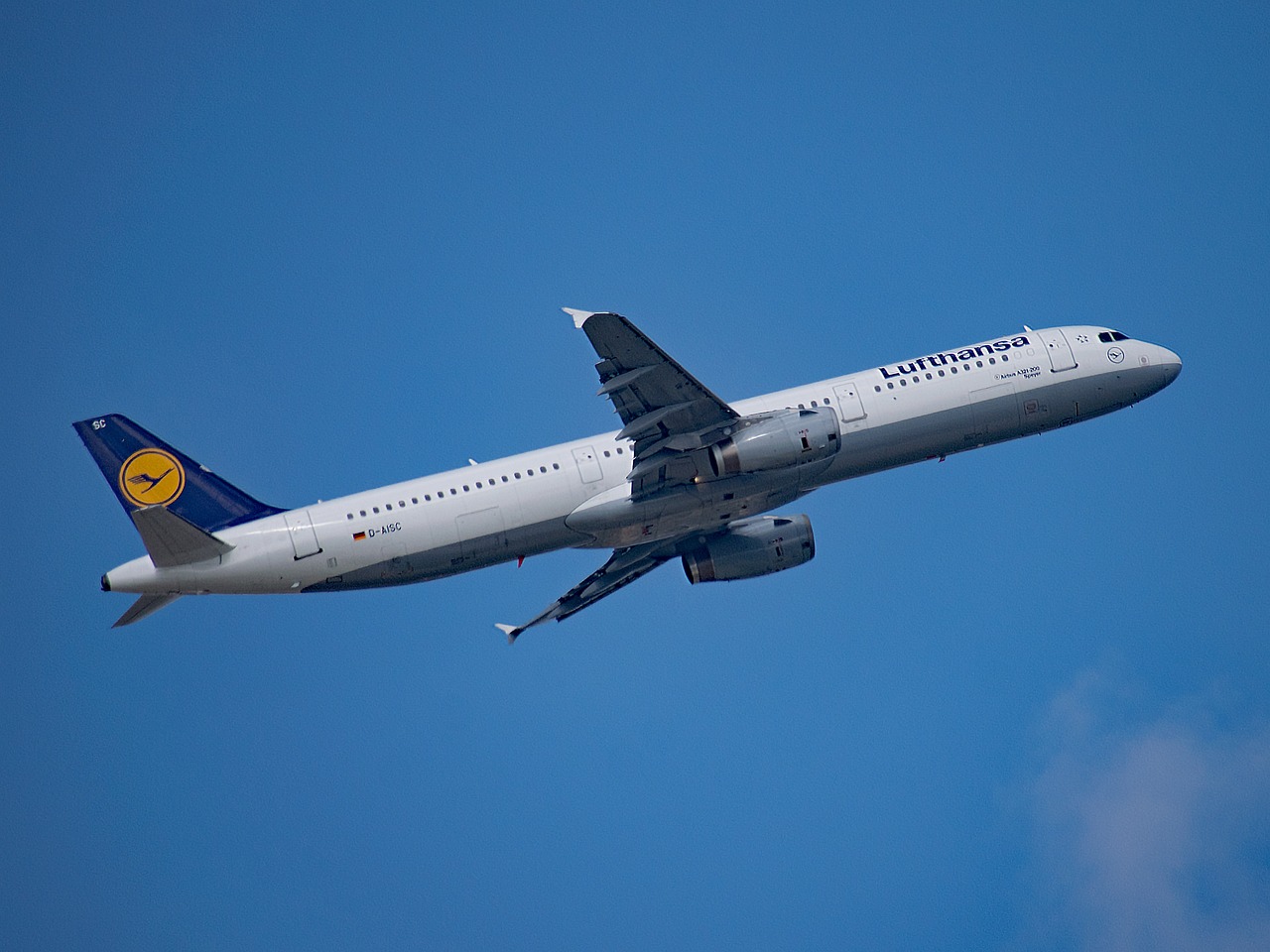




Leave a comment